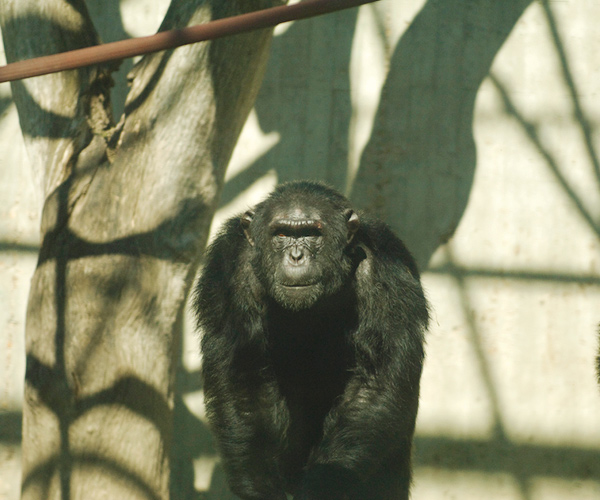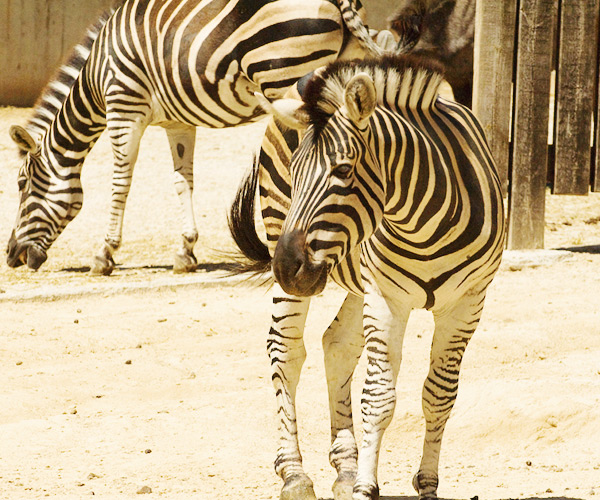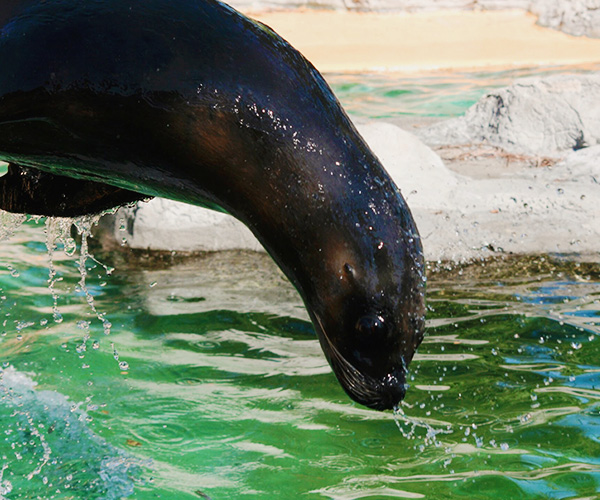Lemurs are primates, belonging to the suborder of prosimians. This species, also known as brown lemur, is found on the islands of Madagascar and Mayotte (probably introduced by humans).
Males and females share the same color: grayish brown with a blackish face and orange-red eyes.
Their diet consists mainly of fruits, tender leaves and flowers, supplemented with bark, bird eggs, insects, chameleons and frogs. They sometimes feed on cultivated fruits such as guava, which brings them into conflict with humans.
They are catemerals, which means that they are active both day and night at any time of the year.
They usually move in a quadrupedal position, resting both hands and feet on the ground. They are prone to jump frequently when moving about, especially when they are most excited.
The average group size varies from 3 to 12 individuals, with larger groups being more common in primary forest. Females have not been observed to predominate (as is the case with other species).
Reproduction usually takes place in May and June. Females are sexually receptive (estrus) during a period of only 24 hours. They give birth in October after a gestation period of approximately 120 days. The calf will remain clinging to its mother's belly for the first 3 weeks, and then move on to ride on her back.
Inter-individual grooming helps them establish and maintain social bonds. They use their 6 lower teeth, which form a dental comb, to comb their own fur and that of other members of the group.
















